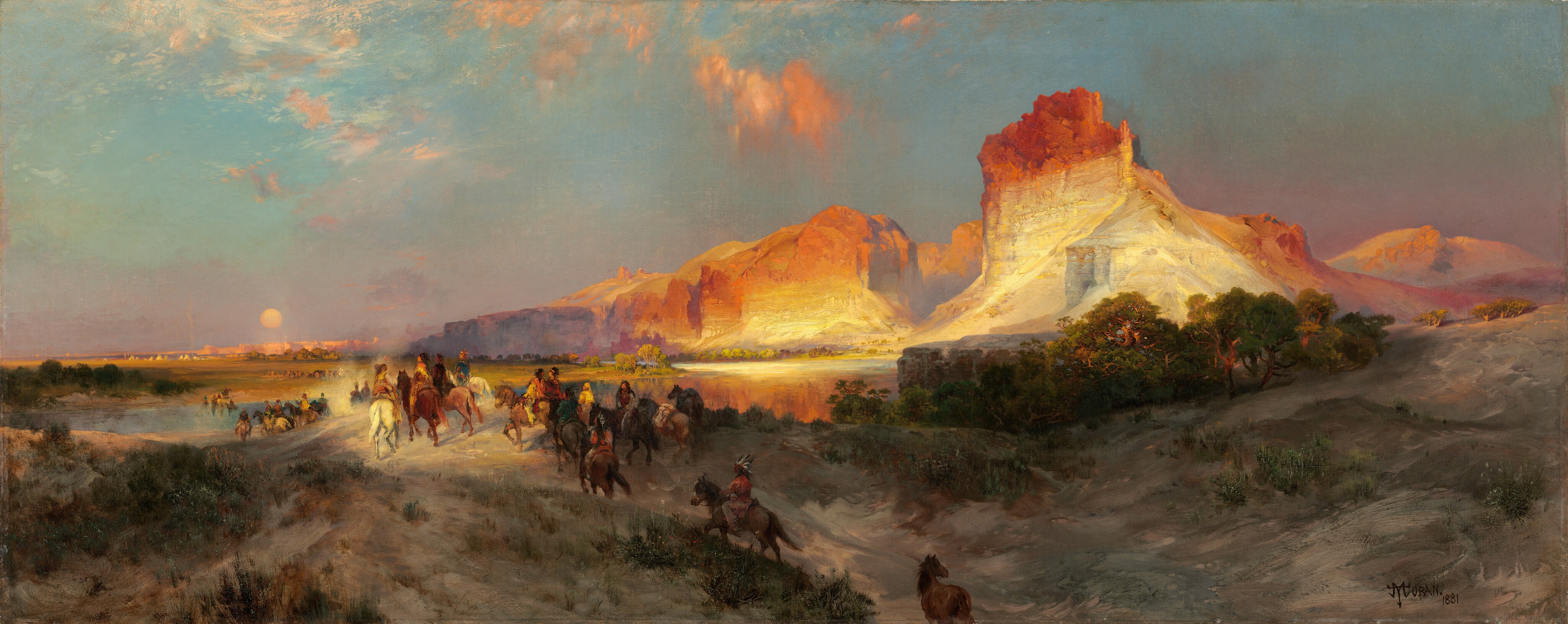COVID toes: a unique cutaneous indicator of COVID-19
Abstract
Background: This brief review considers major aspects of COVID toes as currently understood. Topics discussed include etiology, pathophysiology, differential diagnosis, treatment, and management. Media characterization, potentially leading to intense public interest in COVID toes during the summer of 2020, is also discussed.
Methods: The literature review was conducted by selecting articles from PUBMED, SCOPUS, EMBASE, and Google Scholar based on the relevance to our topic. To determine the relative search interest of the general population, a Google Trends analysis was queried on 11/17/20 for the retrospective duration of 11/17/2019–11/17/2020.
Results: The majority of patients who have presented with COVID toes are children and young adults. COVID toes generally present as acro-ischemic lesions, which are microthrombotic events in the extremities, leading to symptoms such as pseudo-chilblains or pernio-like lesions. Chilblains are histologically classified as an inflammatory disorder with a prominent perivascular lymphocytic infiltrate seen on microscopy. The regions are described as appearing erythematous to purple purpuric macules, papules, and/or vesicles. In many cases, COVID toes symptoms are self-limiting.
Conclusion: The development of COVID toes represents an additional manifestation of COVID-19 that should lead to additional testing. Knowledge of these symptoms can give healthcare workers and the general public another tool for recognizing COVID-19.
Keywords: COVID toes, COVID-19, coronavirus, chilblains, pernio
Downloads
Copyright (c) 2021 Travis Dowdle, Todd Brown, Joshua Peterson, Kiana Banafshay, Jeannie Nguyen, Ashley Sturgeon

This work is licensed under a Creative Commons Attribution-ShareAlike 4.0 International License.












